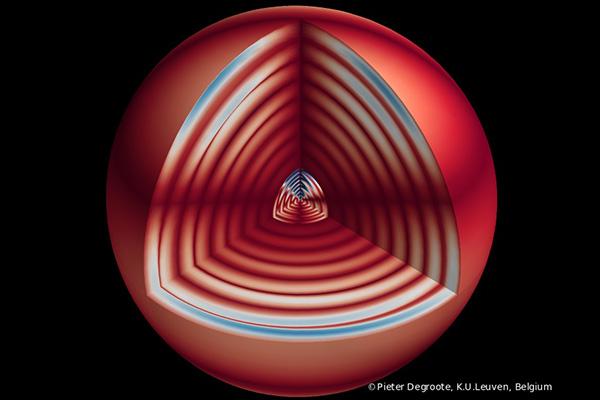
Title: Sounding the treasure trove – Asteroseismology of red-giant stars and binaries systems
Abstract:
Understanding stellar structure and evolution significantly impacts our understanding of the tight-knit evolution of galaxies and exoplanet systems. However, hidden behind the luminous layers of the stellar atmosphere, the deep interior of a star is eluding from direct measurements. The seismic study of waves propagating the deep interior provides the only way to measure the internal structure, dynamics, and mixing in any given star and compare it to theoretical models.
With the photometric data from space missions, such as the NASA Kepler telescope, a golden age has begun for seismology. In particular, the seismic studies of thousands of solar-like stars have led to numerous breakthroughs in our understanding of the stellar structure of red-giant stars. In this talk, I review how the asteroseismic discoveries, such as detecting the seismic echo of the stellar core and sounding the internal rotation profile, advanced our understanding of stellar evolution in its advanced phases. Complimentary information on stellar binarity, tidal forces, rotation, and lithium abundance provide additional constraints to characterize the advanced evolution of stars further and provide high-resolution insights into complex internal adjustments, such as the first dredge up. Finally will reflect on the opportunities for asteroseismology provided by ongoing missions like NASA TESS and ESA Gaia in the age of big data.
